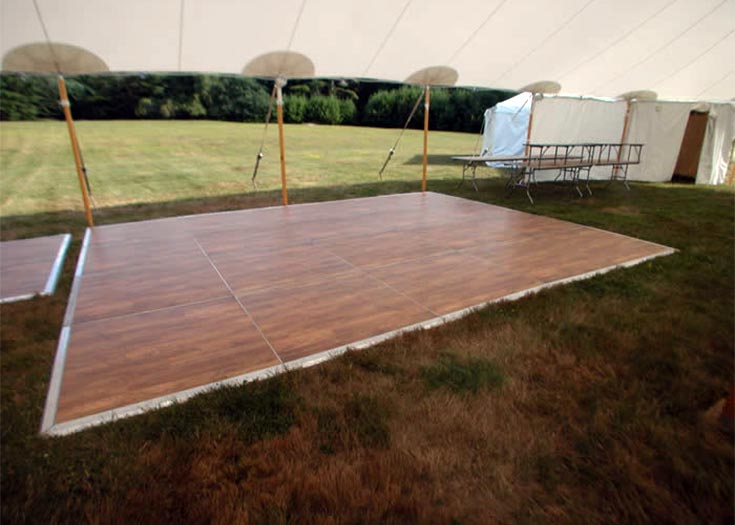Movement floors have evolved considerably over the decades, transforming more than just a space to dance to music. Today, they are converted into stunning aesthetic experiences through the use of multiple substances and technologies. These materials not only improve the visual appeal of the space but also enhance the complete experience for dancers and audiences alike. Comprehending the versatile materials that add to these vibrant environments can provide understanding into the craft of performance floor design.
One of the most frequent substances used in contemporary dance floors is LED lighting. Light-emitting diode lamps are energy-efficient and can produce a broad variety of hues and effects. They can be embedded in the floor itself or used as part of a illumination setup over the dance floor. This technology allows for synchronized light displays that can change in response to the music, creating an immersive encounter. The capability to configure these lamps means that they can be tailored to fit different themes or atmospheres, making each occasion distinct.

Another important material is mirror-like materials, such as reflectors or polished tiles. These surfaces can create an deception of space and dimension, making the dance floor appear larger than it actually is. When dancers dance, their reflections can add an extra layer of aesthetic interest, enhancing the overall performance. Additionally, mirror-like materials can engage with lighting effects, amplifying the colors and designs displayed on the floor. This fusion of light and mirroring can captivate spectators and elevate the vitality of the event.
In furthermore to illumination and reflective substances, the use of digital screens has grown progressively common in dance floor design. These screens can show vibrant images, animations, or even real-time feeds of the show. By integrating electronic innovation, event planners can create a multi-sensory experience that involves both the dancers and the spectators. The ability to alter images in real-time allows for a fluid atmosphere that can adapt to the beat and energy of the music, making each instance feel new and exciting.
Additionally, the selection of surface material itself plays a key role in the overall encounter. Classic wooden dance floors are still favored for their strength and performance qualities. However, more modern materials like synthetic and elastic are gaining favor due to their flexibility and ease of care. These substances can provide better shock absorption, minimizing the risk of injury for performers. Additionally, they can be crafted with various patterns and hues, allowing for creative expression in the dance floor's look.
In summary, the transformation of dance floors into stunning visual encounters relies on a mix of innovative materials and techniques. Light-emitting diode illumination, reflective surfaces, electronic screens, and customized flooring materials all contribute to creating an captivating setting for dancers and audiences. As innovation continues to progress, the opportunities for enhancing dance floor design will only grow, top article making upcoming occasions even more captivating and memorable. Comprehending these substances helps appreciate the artistry involved in creating environments where movement and music come together harmoniously in harmony.
Comments on “Investigating the Diverse Materials That Convert Performance Floors into Breathtaking Visual Experiences”